From Humble Beginnings to Tourist Hub
Kokkini Chani, officially known as Chanion tou Kokkini, is a bustling coastal village 14 kilometers east of Heraklion, Crete, on the main road to Lasithi. It is part of the Municipality of Chersonisos and the Regional Unit of Heraklion.
A History Rooted in Hospitality
The area was once known as “Armilides.” The current name, Kokkini Chani, came from a prominent inn that served travelers in the past – “Kokkini to Chani” (Kokkini’s Inn). These inns began in the late Ottoman period as people from nearby villages started farming the fertile coastal lands. The inn provided rest and shelter for travelers going to and from Heraklion, which was especially important because of the difficult terrain of “Kako Oros” (Evil Mountain) between Kokkini Chani and Amnisos, known for dangers like bandits and difficult passage.
Kokkini’s Inn was particularly important because it was the place where mailbags were exchanged, and guards were changed for prisoners being moved between prefectures. This inn, owned by Dimitrios Kokkinis, who inherited it in 1850 from his father Georgios (brother of the rebel leader Emmanouil Kokkinis), played a big role in the area’s development.
Named after an inn (“hani”) owned by Dimitrios Kokkinis, the nephew of rebel leader Emmanouil Kokkinis, the area has transformed from a quiet agricultural landscape to a bustling tourist hub.
Dimitrios inherited the inn around 1850 from his father, Kokkinogeorgis. It was strategically located opposite the present-day RINELLA hotel, serving travelers on their way to and from Lasithi and Sitia during the late Ottoman period. The inn, like others of its kind, provided essential services such as food, lodging, and animal stabling, particularly for those aiming to reach Heraklion’s guarded gates at their morning opening.
Kokkini Hani’s evolution mirrors the broader changes in Crete’s tourism industry. In recent years, it has experienced rapid growth, transitioning from a place for seasonal homes and farming to a significant residential and tourist center. This transformation includes the establishment of large-scale resorts, organized tourist accommodations, and public services like schools and technical colleges.
The area’s history, however, stretches far beyond its namesake inn. Archaeological evidence points to a Minoan presence, with excavations revealing remnants of settlements, tombs, and artifacts. This suggests a long history of human activity, dating back to the early Bronze Age.
Kokkini Hani’s story is one of transformation and adaptation. Its evolution from a humble inn to a modern tourist destination reflects broader economic and social changes. Yet, its historical roots remain embedded in the landscape, reminding visitors of the area’s enduring significance.
The Rise of a Tourist Destination
After World War II, Kokkini Chani started growing as people from nearby villages, like Anopoli, Elia, and Kato Vathia, settled there. In the late 20th century, tourism boomed, making Kokkini Chani a lively tourist spot. The village grew quickly with entertainment centers, tavernas, shops, and various places to stay, from hotels to furnished apartments and rental rooms.
Today, tourism and agriculture, especially growing vegetables, are the main economic activities in Kokkini Chani. The village has good infrastructure with things like supermarkets, seasonal shops, cafes, and tavernas. Its beautiful beaches, with views of the island of Dia, have made it a popular vacation spot.
A Glimpse into the Minoan Past
Kokkini Chani is important archaeologically because of the discovery of the Minoan “Megaron Nirou” (Villa of Niro), a two-story building from the Minoan period. This impressive 1000 square meter building had about 40 rooms, a sanctuary, storage rooms, corridors, and courtyards. The many altars and ritual tools suggest it might have been where a high priest lived.
Another sign of the area’s Minoan history is the “Minoika Neoria” (Minoan Shipyards) found along the coast. These shipyards, along with Linear B tablets from Knossos, show that shipbuilding, trade, and other activities were important in this coastal settlement.
Preserving the Past, Embracing the Future
Tourism brought prosperity to Kokkini Chani, but it also led to the loss of some historical landmarks. Niro’s Inn was taken apart during the excavation of the Minoan Megaron Nirou. Another historical inn, “Chani tsi Pentamatainas,” is only remembered in literature, like Nikos Kazantzakis’s novel “Captain Michalis.”
The Battle of Crete also affected Kokkini Chani. The Germans chose the area for their paratrooper landings, which led to the Battle of Kopsas Hill. The 180-year-old Chatzi’s Inn was destroyed in the bombings and is only remembered through a painted depiction.
Even with these losses, Kokkini Chani is still connected to its past. The renovated Kokkini’s Inn is still on the main road, and the church of Agioi Anargyroi, founded in 1938, is a center for religious and cultural activities. The village continues to change, balancing its rich history with modern tourism.
Village Key Points
- Historical References: Late Ottoman period, records of “chania” (inns)
- Location: 14 km east of Heraklion, Crete, Greece.
- Historical Significance: Began as a hub for travelers, later became a tourist center.
- Population data over the years:
Year |
Population |
|---|---|
1940 |
6 |
1951 |
5 |
1961 |
73 |
1971 |
125 |
1981 |
527 |
1991 |
707 |
2021 |
1733 |
- Current Status: A thriving tourist destination with a focus on beach tourism and modern amenities.
- Archaeological Significance: Site of the Minoan “Megaron Nirou” and “Minoika Neoria,” which shows a significant Minoan settlement.
Reference
- Georgios Mich. Paterakis, Anopoli and its Region, published by the Cultural Association of Anopoli, 2002, ISBN 9608679206.
Access
Chani Tou Kokkini is 11.6 kilometers away from Heraklion and 5.2 kilometers away from Kato Gouves














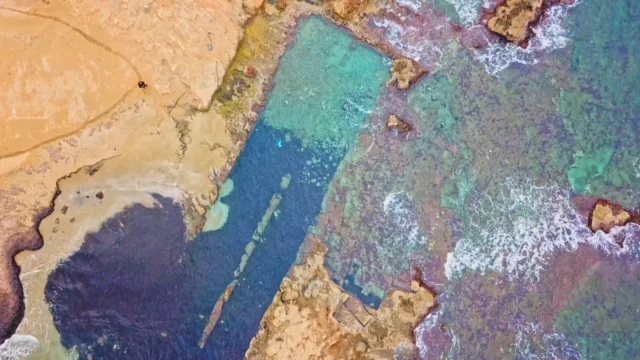

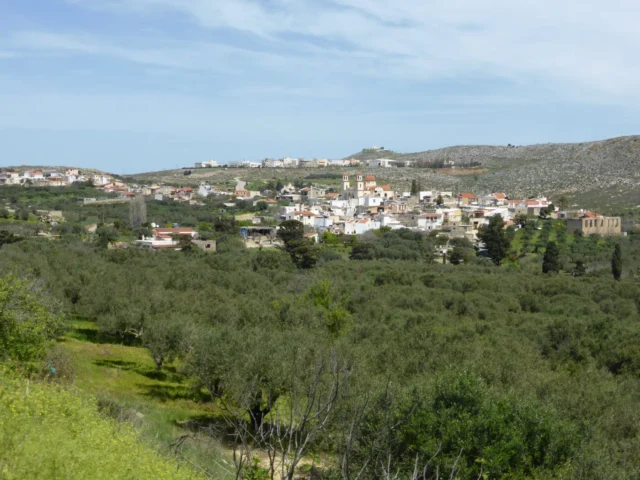
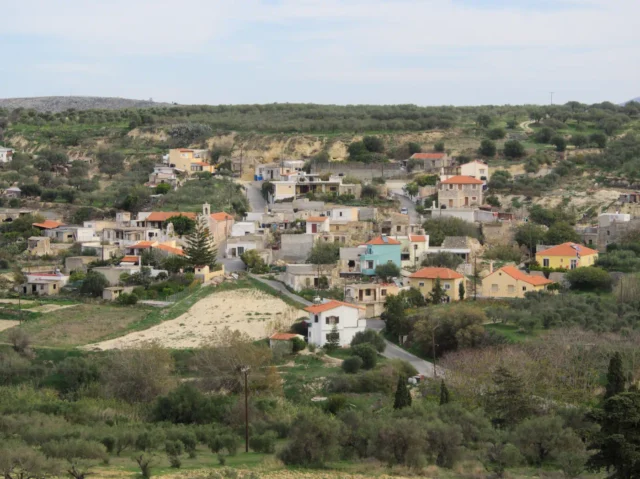

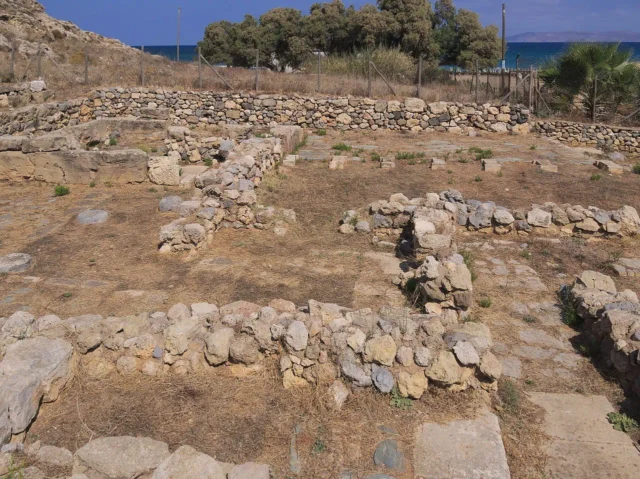
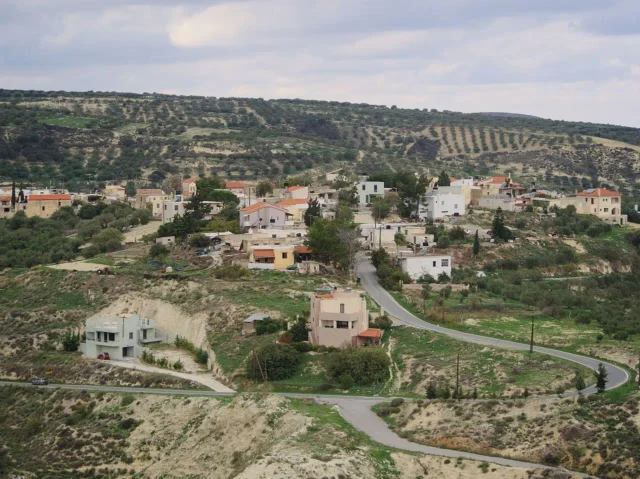
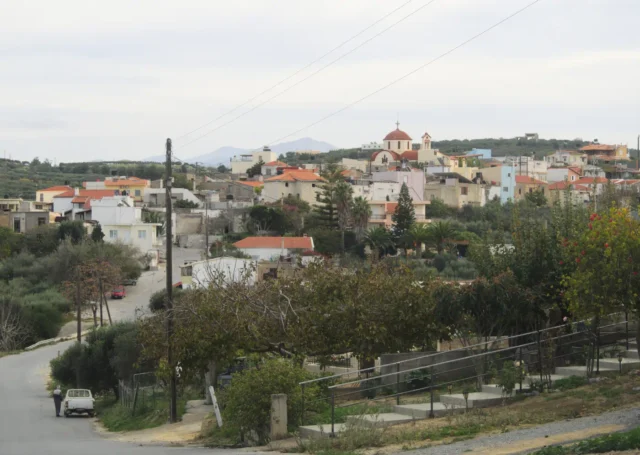
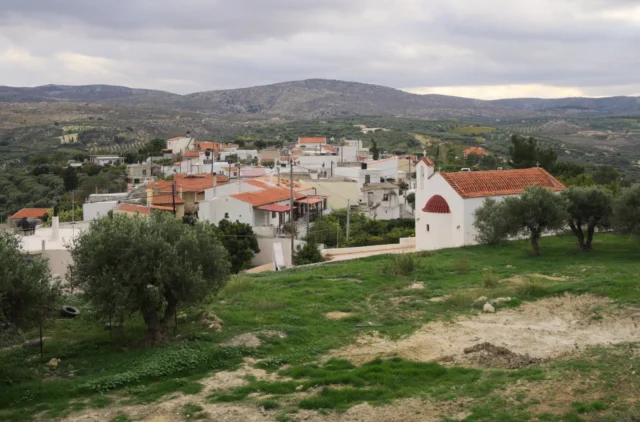
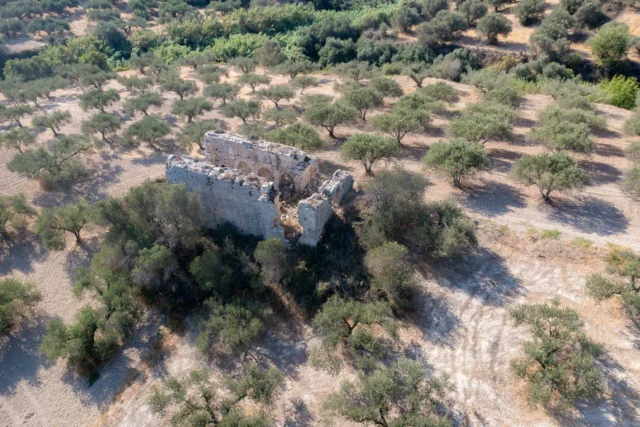

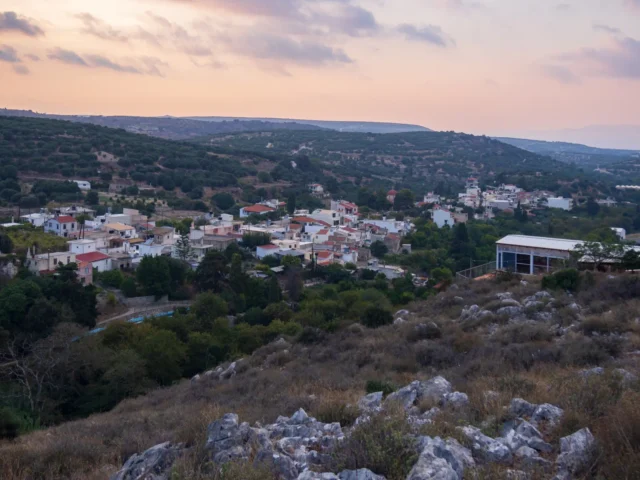
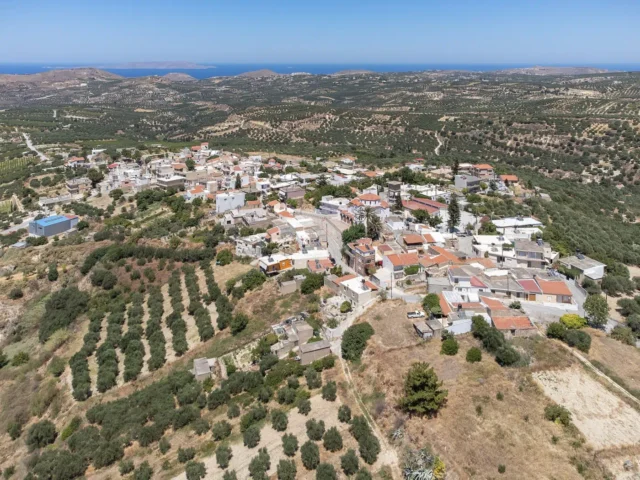
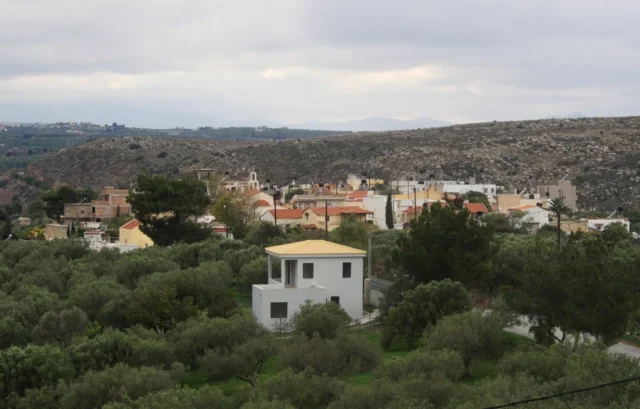
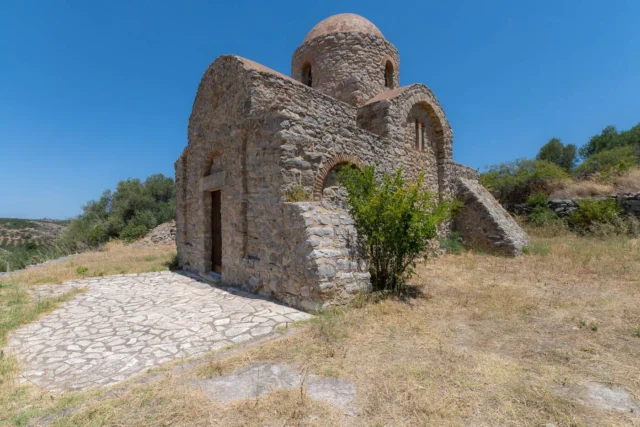
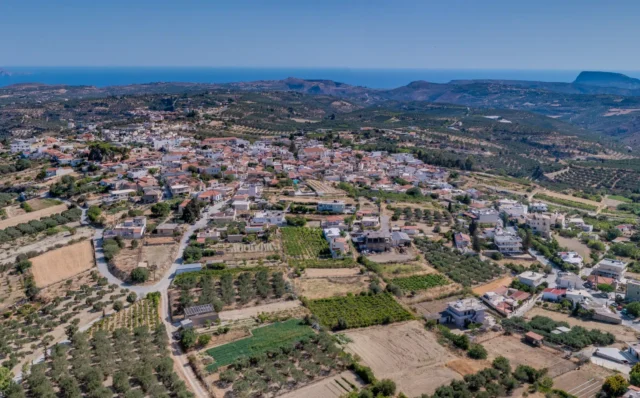

There are no comments yet.